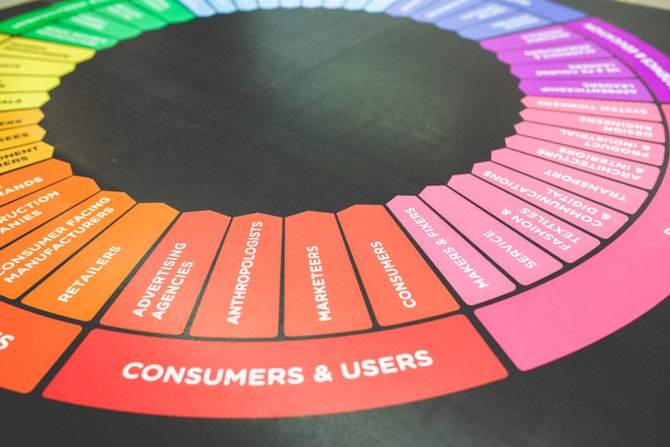
As the market is becoming more competitive, businesspersons are adapting themselves as per the market demands. They are learning new strategies, incorporating new ways in order to enhance their market results which include sales leads, organic traffic, and so on.
Customer segmentation is one such principle weaponry, which helps in getting the best, and the peerless market returns. Though most of the businesses mistook customer segmentation into customer demography, the outcome of the latter is marvellous if done in the correct way.
Let’s find out about some of the hidden facts about what is customer segmentation and other aspects related to the matter!
What Is Customer Segmentation?
Customer segmentation can be referred to the famous Divide and Policy rule, with the only exception that this strategy helps in bringing the consumer market together, rather than splitting it up.
Practically, it is the process where a homogenous consumer market is split into several segments, each of nearly equal size. When a business adopts the process of customer segmentation, it varies the basis of division and hence, it establishes a hierarchy.
The division is done in accordance with some specific classifications like consumption, age, frequently preferred services, behavioural characteristics, and so many others. Now, when we are targeting a section of consumers, dealing with all of them based on some set prejudices isn’t a very wise act.
To have a better understanding of the consumer dynamics, customer segmentation is done at each level where you will be reaching a dead end of several options. Conversely, it can be said that customer segmentation introduces specifications in the business markets.
Why customer segmentation is said to be the primal marketing strategy?
Earlier, the business markets used to be localized, thereby limiting the customer pool of specific needs, tastes, choices, price preferences, and so on. However, in today’s scenario, this localized market has overcome the boundaries and taken the shape of a global village, where interaction between different levels of the business isn’t restricted anymore.
With the globalization of the market, the customer pool is welcoming more new variations in each factor. And perhaps this is the reason why businesses need to study the differences in the consumer behaviourism in order to have detailed knowledge about the market.
This is where the customer segmentation comes into the scenario. It allows a business to learn about the different data that are differentiating the consumers into separate groups.
Let’s take the example of a chocolate manufacturing business. When the company will be dealing with the global consumer market, it couldn’t solely rely on a single chocolate type because different customers have different taste. Also, the company won’t be able to generate high sales if it keeps the price range the same.
This is where segmentation is done to have a clear study about what different customer wants, those who like chocolate type A are grouped together while those who like type B are grouped together. The former group can be again subdivided again based on the prices they are expecting, the size of the chocolates, and so on.
Segmenting the entire target customer into different groups will help the business to establish a proper bi-directional flow of information and communication between the service provider and the audience who are using the service.
In What Ways Is Customer Segmentation Beneficial For Improving Marketing Results?
Customer segmentation has highly improved the performance of different businesses over the years, the fact that the consumer platform is changing dramatically has proven to be a headache for various businesses. That’s why segmenting the customers into different groups has some incredible benefits for improving the market results.
1. Consumer segmentation helps a business firm to focus on a group of audience rather than focusing on a huge one. Smaller sizes of the consumer groups have helped the company to learn more about their desires and needs.
2. With increased focus, there will be an enhancement in the competitiveness you were facing in the market. Thus, consumer segmentation helps you in retaining your position in this fierce challenging market.
3. Another added benefit of customer segmentation is the long-term retention of consumers.
4. The communication between the various levels of a business can be improved using the concept of customer segmentation. Dual way communication on a global level is possible only because of this marketing strategy.
For any business, be it a raw material business or a packaging industry, the main driving factor is the customer. And almost all the marketing strategies revolve around them only. So, in other words, customers can be the salvation for a business or the reason for its destruction. That’s why precisely, the concept of customer segmentation is incorporated in a careful manner, making sure that no place remains for making the common mistakes again and again.



